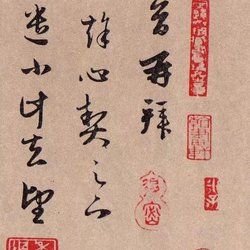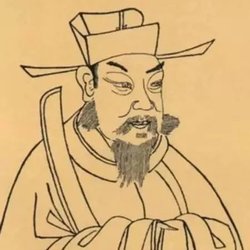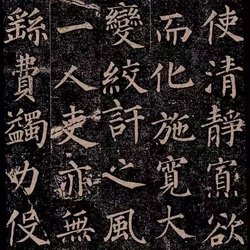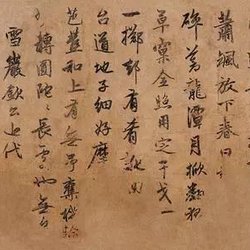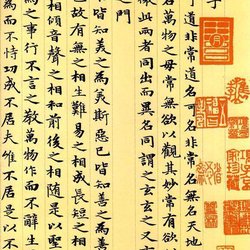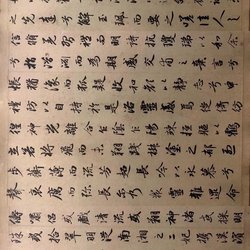Zhao Mengfu's calligraphy is inherited from the two kings. It is round and graceful, rich and unrestrained, and has a shining spirit. The style is also varied, some are stretched and relaxed, some are dignified and solemn, or some are majestic and vigorous. Today Shusi will share with you Zhao Mengfu's copy of "The Preface to the Holy Religion". It not only has the power and charm of the Preface to the Holy Religion, but also retains his own mellowness and energy. It can provide you with a reference for writing. Worth sharing.
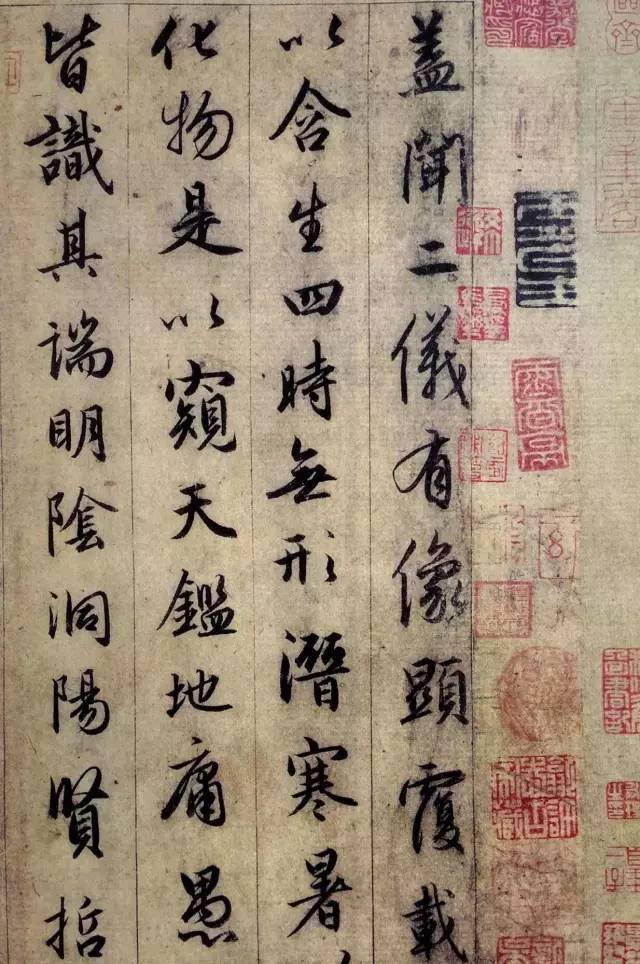
While we appreciate the copying works, we will tell you about Zhao Mengfu’s life experience.
In fact, Zhao Mengfu's father passed away when he was eleven years old, and his family situation was deteriorating, making life difficult. After the fall of the Song Dynasty, he returned to his hometown and lived idle. In the 23rd year of Yuan Dynasty (1286), Cheng Jufu, the imperial censor, recommended Zhao Mengfu to Kublai Khan. When he first arrived in the capital, Kublai Khan admired his talent and appearance and exclaimed that he was "a man among the gods". He was given all kinds of courtesy and was appointed as a doctor in the Ministry of War with a rank of five. After that, Zhao Mengfu entered the political arena of the Yuan Dynasty.
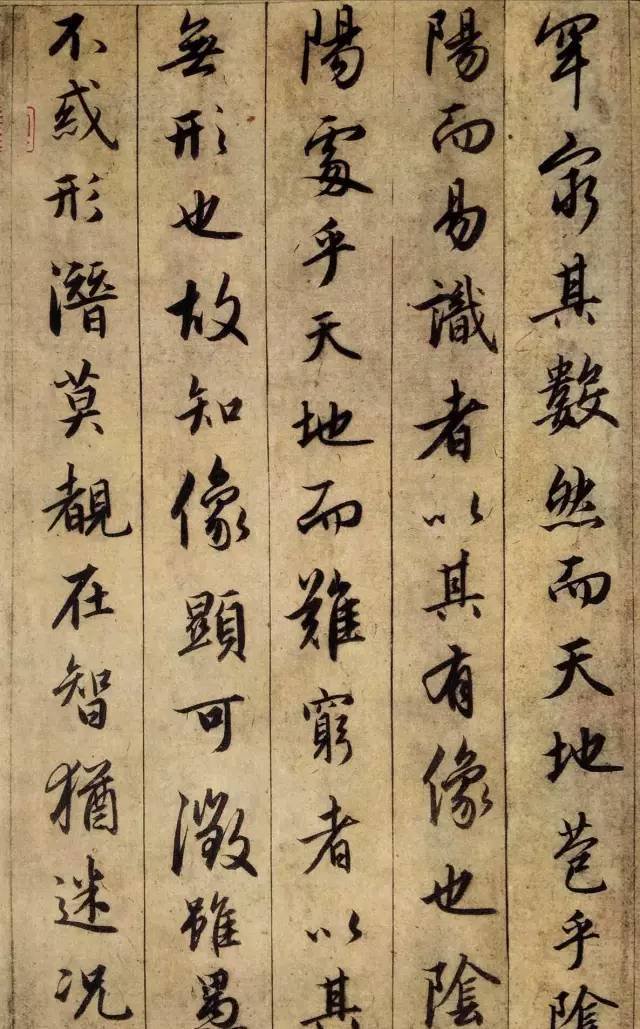
Zhao Mengfu lived idlely in the south of the Yangtze River for four years. He had no official position and was light-hearted. He was in a leisurely mood and gathered with Xian Yushu, Qiu Yuan, Dai Biaoyuan, Deng Wenyuan and other talented people by the West Lake. They talked about art and Taoism, spent a lot of time to entertain themselves, and lived a life without competing with the world. Peaceful life. In the third year of his reign (1310), Zhao Mengfu's fate changed. The crown prince Aiyu Libalibada became interested in him. After he ascended the throne, he promoted Zhao Mengfu to the second rank of Jixian Shishi Lecturer and Zhongfeng Doctor.
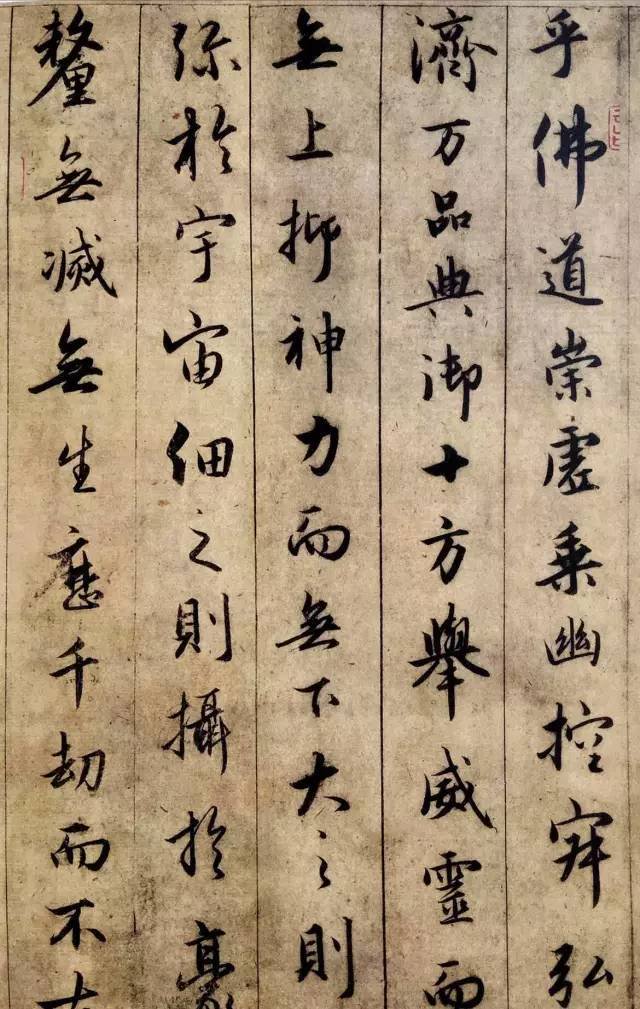
In the third year of Yanhu (1316), Emperor Renzong of the Yuan Dynasty promoted Zhao Mengfu to Hanlin scholar Chengzhi and Ronglu doctor, with an official rank of Congyi. At this point, Zhao's political status reached the peak of his life. Due to Renzong's favor and the excellence of Zhao's art, Zhao Mengfu became famous in his later years. He was "a first-class official and well-known all over the world."
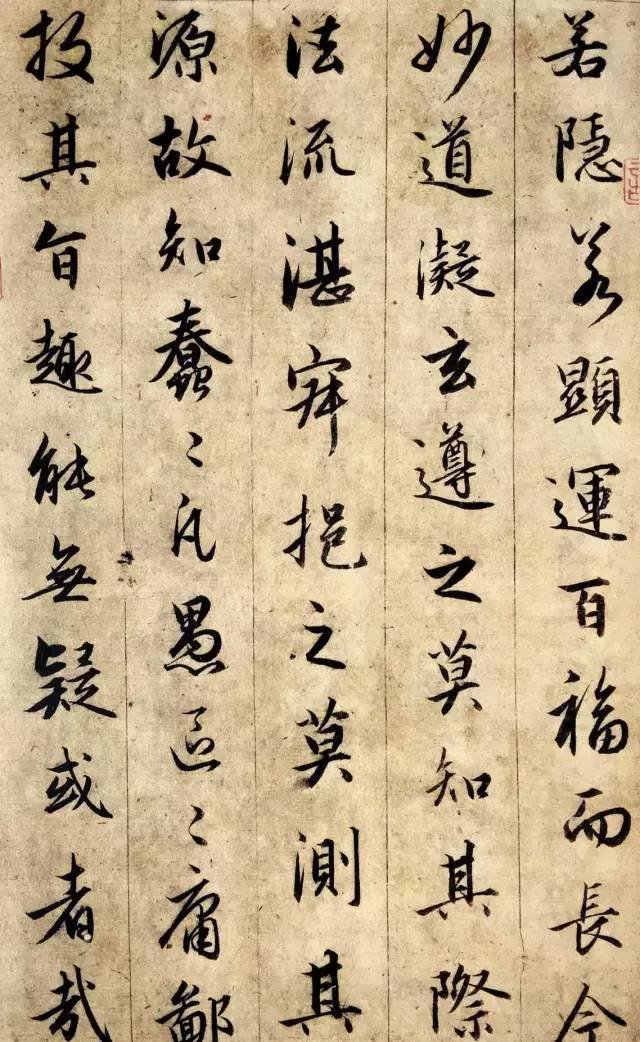
Zhao Mengfu was a master of calligraphy and painting of a generation who experienced a life of complicated contradictions and embarrassing glory. As a relic of the Southern Song Dynasty, he became an official in the Yuan Dynasty. This has left many controversies in history books. "Thinking about his people will belittle his writing", belittling Zhao Mengfu's calligraphy style, the fundamental reason is that he despises Zhao Mengfu's person. Although many people criticize Zhao Mengfu's painting skills because of his official career, it is unfair to use non-artistic factors as a way to judge the artist's artistic level.
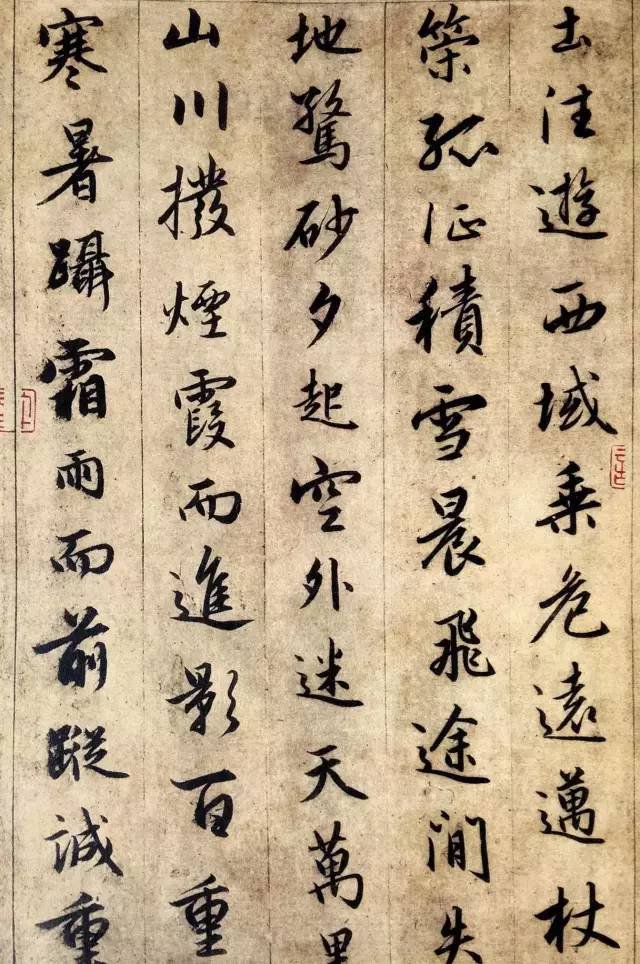
In view of Zhao Mengfu's achievements in the history of art and culture, in 1987, the International Astronomical Society named the Mercury crater after Zhao Mengfu to commemorate his contribution to the history of human culture. Zhao Mengfu's calligraphy, painting and ink writings scattered in Japan, the United States and other places are regarded as treasures and properly preserved.
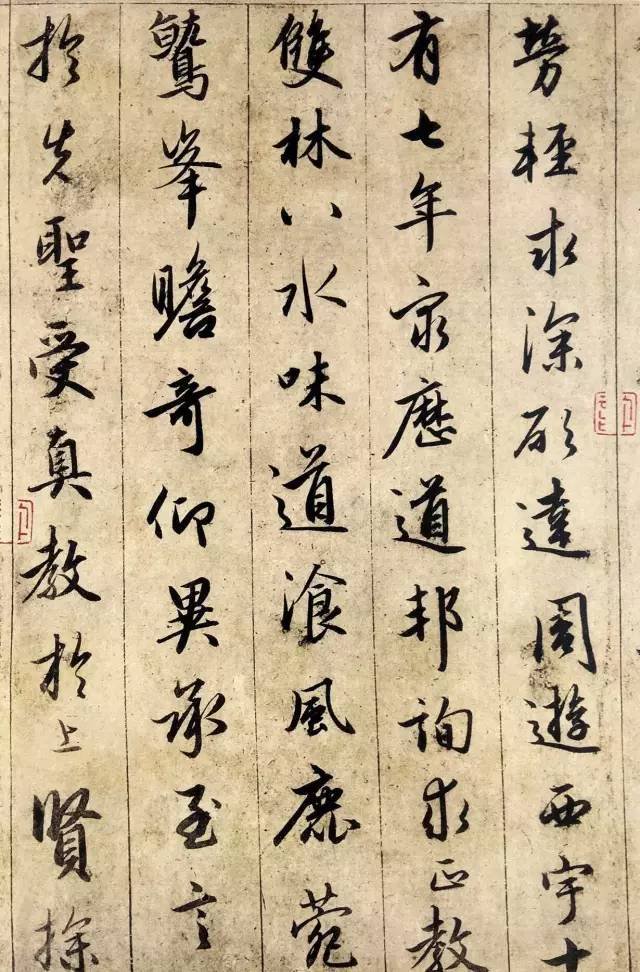
Zhao Mengfu was erudite and talented. He was good at poetry and prose, understood economics, was good at calligraphy and painting, was good at epigraphy and stone, knew laws and regulations, and understood appreciation. In particular, he achieved the highest achievements in calligraphy and painting, creating a new style of painting in the Yuan Dynasty, and was known as the "Crown of the Yuan Dynasty". In painting, landscapes, figures, flowers and birds, bamboos and rocks, and pommel horses are omnipotent; fine brushwork, freehand brushwork, green, and ink are also masterful. He already occupies an important position in the history of Chinese calligraphy.
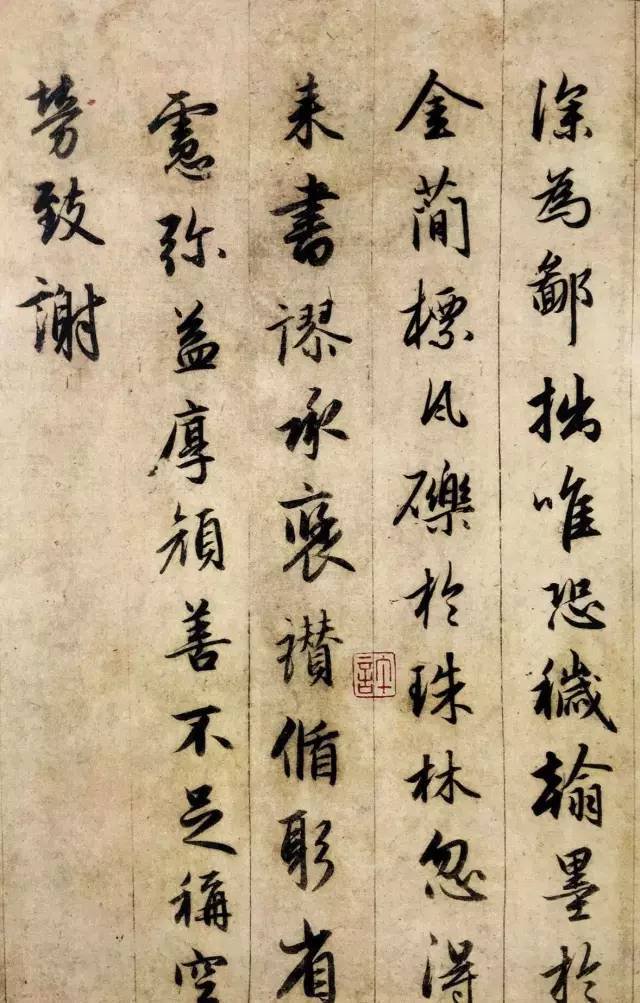
Born into an aristocratic family, Zhao Mengfu began to study calligraphy at the age of five. He continued to read and write calligraphy until his death. He was good at seal script, official script, Zhen script, Xing script, and cursive script, and was especially famous for his regular script and running script. The "History of the Yuan Dynasty" says, "Meng Fu's seal script, official script, Zhen script, and cursive script are all the best in ancient and modern times, so he is famous all over the world for his books."
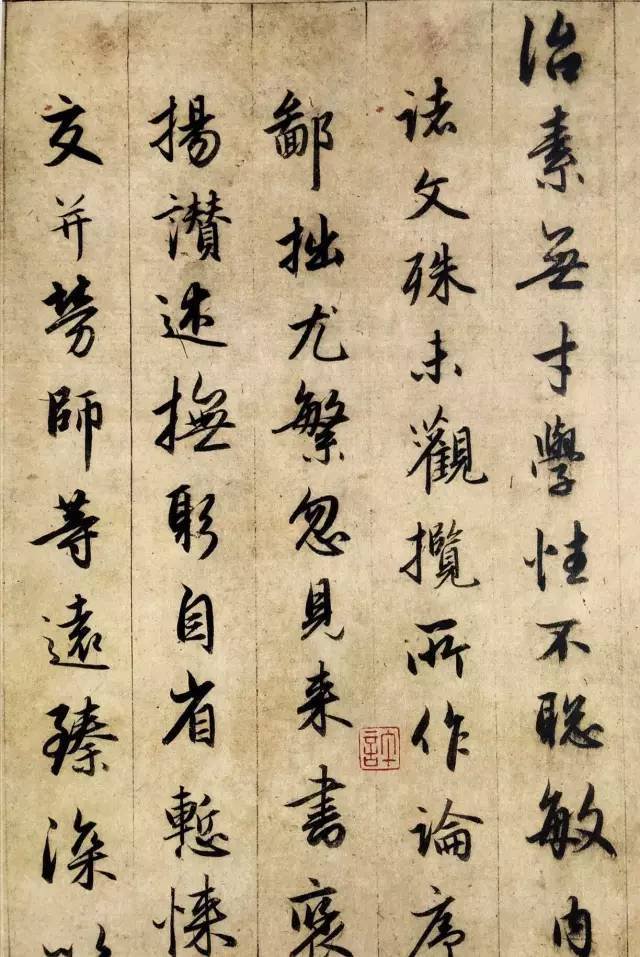
Yushu of the Yuan Dynasty said in "Kong Xue Zhai Ji": "Zi'ang's seal script, Li, Zhen, Xing and Biancao are the best in the contemporary era, and his small regular script is the first among all Zi'ang's calligraphy." His calligraphy style is charming, elegant and well-structured. Strict and neat, with sophisticated brushwork, it is known as "Zhao style" in the world. Together with Yan Zhenqing, Liu Gongquan and Ouyang Xun, they are called the "Four Masters" of regular script.
Zhao Mengfu has many written works handed down from generation to generation, and his representative works include "Thousand-Character Essay", "Luo Shen Fu", "Dengba Stele", "Come Back and Come Back", "Lanting Thirteen Postscripts", "Red Cliff Fu", and "Tao Te Ching" , "Qiu E's Tombstone Inscription" and so on. He is the author of 12 volumes of "Notes on Shangshu" and "Collected Works of Song Xuezhai".
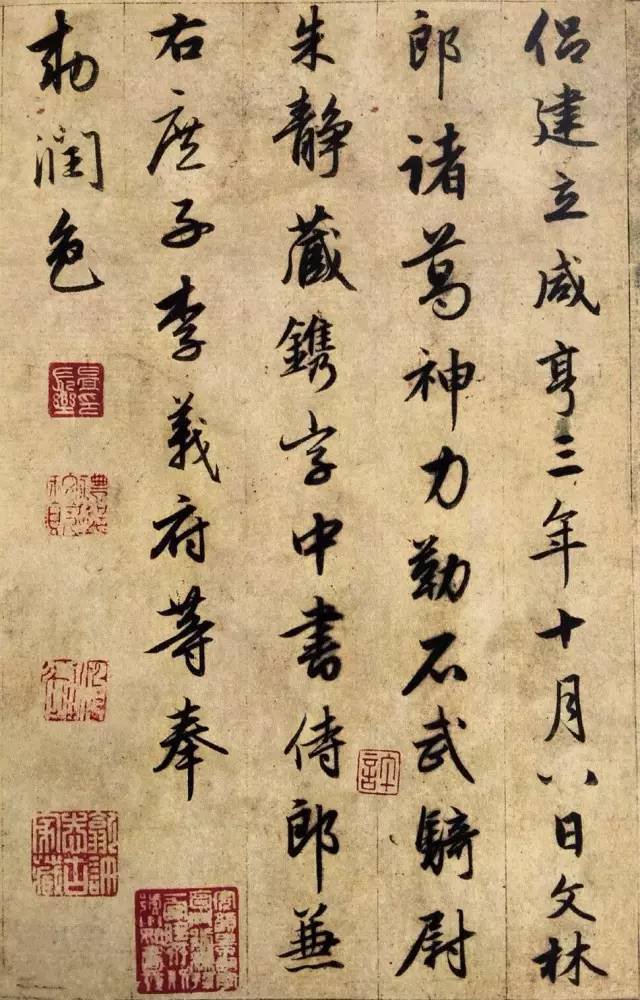
Zhao Mengfu (1254-1322), whose courtesy name was Zi'ang and nicknamed Songxue, was a Songxue Taoist and a native of Huzhou (now Wuxing, Zhejiang). The eleventh grandson of Zhao Kuangyin, Taizu of the Song Dynasty, and the successor of King Defang of Qin. Zhao Mengfu experienced the changes of the Song and Yuan Dynasties throughout his life, and he was both an official and a recluse. Although he was a nobleman, he was born at the wrong time. In his youth, the Southern Song Dynasty was about to collapse, and he spent his time in ups and downs. His father, Zhao Yu, was a minister of the Ministry of Household Affairs and an envoy to the west of Zhejiang Province in Lin'an Prefecture. He was good at poetry and prose and had a rich collection, which gave Zhao Mengfu a good cultural influence.

